Ageism in Healthcare: The Dark Side of Hospice
Image by Gerd Altmann from Pixabay
Question: “What do you call someone who finishes at the bottom of their class in medical school?
Answer: “Doctor.”
~ Joke by Anonymous Author (and gifted by my friend’s dad)
NOTE: You an also read Dr. Mara’s blog on Medium.
Since my intention for 2024 is to increase awareness of ageism in healthcare, I’m going to start today, on the cusp of the New Year, with a very personal story that I think is important to make people aware of. The Washington Post’s article that I came across from 2011, “Aided by Referral Bonuses, Hospice Industry Booms,” has inspired me to tell my honest and painful story.
It has been very hard to talk about the experience we had two years ago when my mom was in the hospital for an entire month, and the horrible attending physician wanted us to let her die, rather than provide more treatment for her, while, at the same time, telling us that she had a 50-50 chance of living. He was ready to push her over to the dying side of that equation and wanted us, her family, to be on board with it.
My mom was in the hospital for an entire month. Her lungs had filled with fluid due to her heart condition, and the high sodium food regularly served to her in her assisted living, in spite of our pleas for low sodium options. During the entire hospital stay, she was totally alert and oriented and very much wanted to get better and get on with her life. She knew what was happening in the world, she was hungry but hated the mush they gave her (so we brought her food), and she was “bored” in the hospital – not the typical response of someone who is dying.). The amount of intravenous diuretic they gave her was keeping the fluid from increasing, but it was not reducing the fluid enough to lower her needed oxygen from 100%. We asked the attending physician to try to increase the diuretic. He refused and said she couldn’t handle it. Instead, he wanted to keep her on the lower dose until her heart could no longer take the need for 100% oxygen, and she would die in hospice.
The attending doctor had a whole team try to convince us to put my mom on hospice, when I knew she wasn’t dying, although she would soon start to die if he didn’t at least try to increase the diuretic. She wanted to live. And my mom was willing to try anything. That team spoke in soft voices to me and my brother, as if we were psychotic and unable to deal with reality.
I defied the doctor and, after discussing my thoughts about it with my brother, who was the one with direct contact with the cardiologist, he contacted the cardiologist. He asked the cardiologist our question: “If she’s going to die with the current level of diuretic because the fluid is not leaving her lungs, then what would be the downside of trying an increase of diuretic? That she would die? What’s the difference?”
“No downside,” he responded, as long as my mom was OK with it. She was. He immediately doubled the diuretic and added an enhancing medication. He later told my brother that he had tried to increase the diuretic about two weeks prior, but that the attending physician had blocked his order.
With that increase of diuretic, my mom was then well enough to leave the hospital and go to rehab after just a few days of the increase and she went on to live her best quality of life and health than she had in several years for the next two years, until almost age 95, with no episodes of heart issues whatsoever and no need for oxygen at all.
I knew something was very wrong with the attending and the hospital team trying to convince us that my mom needed hospice when she clearly did not. Every piece of evidence we gave that she was not on death’s door was twisted around in a very concerted effort to convince us otherwise. In fact, the doctor told us that his one job was to get us to give up hope” He actually spoke those words out loud! I felt like I was in an episode of The Twilight Zone, with me telling everyone that my mom doesn’t want to die, that she would like a chance at further treatment, and that she was not, in fact, dying. Everyone looking at me with sad eyes that spoke, “Oh, you poor thing. You just can’t accept reality.” The doctor went so far as to yell at us when we did not accept that she was dying or needed hospice.
Now I understand what gaslighting feels like! And in the healthcare system, no less!
The cardiologist agreed to increase the treatment and she started to breathe better, yet, the attending doctor chastised us: “You are causing her to suffer!”
Did he ever ask my mom how she felt about it? No, he did not.
However, I did. I asked my mom if she was suffering and she said no, she was not. She said she was just uncomfortable and wanted to do the extra treatment in order to get better and get out of the hospital and to rehab.
In fact, the attending physician never talked to my mom or asked her questions in the entire month she was his patient. He assumed that she had dementia and, perhaps, that assumption led to a greater assumption that she didn’t need to take up space on this earth anymore at the age of 92. My mom never actually had dementia, just a speech impairment made worse by wearing an oxygen mask while in the hospital. And do we just throw away people who actually have dementia?
I’m thankful that I have enough experience working with doctors to see that doctors are not gods. Some are good and some aren’t, just like any other profession. Sometimes the doctor is right and sometimes the doctor is wrong. He did not have me under his spell. He seemed to be trying to manipulate us in our daily phone conferences. At one point, he even told us that we were not allowed to ask the floor nurses how my mom was doing when we visited, as “I am Captain of the ship! I’m the only one who can tell you how she is.”
One time, he told us, “I took a seminar about geriatric medicine one time.” It was then that I realized that he was not very competent to practice medicine with an elderly person. How many doctors who are working with elderly patients just “took a seminar one time?” More than you might think.
As Dr. Michael Wasserman told me in an interview, the number of medical students studying geriatric medicine has significantly decreased, rather than increased with the growing aging population. The attending physician went on to say, “They taught us that, with medication, you start low and you go slow” and, when I asked, “Yes, doctor, doesn’t that mean to start with a low dose and then gradually increase it?” he defensively shouted, “Well, I’m not going to do that!” He seemed startled, as I hadn’t mentioned my 30+ years of working with older adults in medical facilities and I knew that expression very well.
After our experience with my mom, I knew that there was something not right with the industry of hospice. Why would a doctor and a whole hospital team try to convince my family to put our mom on hospice when she clearly was not ready for hospice? Soon after, I posted this question on my social media and some of my connections actually attacked me over it, believing that I was telling them hospice is all bad. You would think I was talking about a hot political issue in the way that people responded. I understand, though. Some have had really great experiences with hospice and, certainly, everyone wants to believe that they did the right thing when it came to that decision.
I’m definitely not going to say that hospice is bad. In fact, I wish my dad had been on hospice for his last days over eight years ago! It was the right time for him at that time and his doctor in the nursing home told us not to! But, we need to have our eyes open if we’re considering it for anyone we love. And we need to know that the hospice industry has done a very good job of marketing, so that, even questioning it, is considered heresy.
Question everything!
The first and most important question is, is it the right time for hospice? Not everyone is dying or wants to die, and they may benefit from treatment, even at a later age. Also, it’s important to know that hospice will not allow active treatment while on hospice. People often tell me that that they do allow it. Yes, they allow maintenance, but all medication given during hospice is for comfort care … period. Hospice would not have allowed an increase of diuretic for my mom because that was not comfort care, it was an active treatment that temporarily added more discomfort (it made her very thirsty), and my mom stated that she was OK with it. If you have been led to believe that active treatment is allowed in hospice, that’s a result of their excellent marketing.
When I described the situation that I went through to various professionals soon after it happened, they were shocked, surprised, and agreed something was off, “Do you think the doctor was part owner of a local hospice?” was one question I received. However, none of the professionals at that time would entertain the notion that this was not actually a unique situation. My mom was not a unicorn.
In more recent conversations with guests for my show who have been investigating the issue of ageism in healthcare and the high profit industries around aging, I finally received validation for my feeling that something was off big-time. Hospice is a highly profitable business, and, like any high profit business, things can move in a direction that is not in the best interest of consumers, but in the interest of the bottom line for everyone involved – the hospice, the doctors, the hospitals, the nursing homes.
In most instances, the intention of hospice is honorable and good, and many people have great experiences. But there really is a dark side and the public needs to know about it. As sad as this is, it is such a relief at how validating it has been to find this out. I was not living in a fantasy world of rainbows, believing that, if I just think positive, it will all be OK, as many seemed to imply at that time. I just knew that focusing on what could be done to at least try to help my mom get better, in a situation that we were told was “50-50” by the same doctor who wanted us to let her die, was the right thing for a woman who wanted to live.
“Hope is the belief that the future will be better than today and that I have the power to make that so, to see that future, potentially, come true,” said Dr. Chan Hellman, research psychologist, Founding Director of the Hope Research Center at the University of Oklahoma, Tulsa, when he appeared on my radio show to discuss his book, Hope Rising: How the Science of Hope Can Change Your Life.
My interpretation of Dr. Hellman’s definition of hope is that, if someone has a chance of healing from whatever ailment they have and they want to get better, then you focus on the pathways to achieve that goal, including viable treatments, rather than giving up hope and letting them die. The best evidence, of course, was that my mom had the most medically stable, highest quality of life than she had enjoyed in several years, since her release from the hospital two years ago. When she passed two months ago, it was not from the issue that the doctor warned she’d die from within seven days of leaving the hospital. He said to us, “If you take your mom to rehab, she’ll die in less than a week.”
Was it just this doctor? I thought so. I reported him to the NY State Health Department, with multiple pages of evidence, contemporaneous notes from every single day of her month-long hospital stay after the first week, and those notes should have matched perfectly with the medical records to show the blocking of an order by the specialist that could have gotten her out of the hospital a week or two earlier. The health department took quite a while to investigate, telling me that I had sent them very good evidence and telling me that they were matching my notes up to the medical records. In the end, after a year of waiting, they told me I didn’t have enough evidence.
What would be more evidence?
It has turned out, upon more discussion with experts regarding ageism in healthcare about this issue, that this doctor’s behavior tends to be standard medical practice with elderly patients. Hospice is profitable. Hospitals save money when they provide less treatment and resources, and they receive better ratings when a patient leaves the hospital to go to hospice, rather than trying a treatment that might not work and then having them die in the hospital.
Nursing homes also benefit in a multitude of ways when a resident is put on hospice, including saving money and resources. Hospice is often high-profit business with great marketing and representatives that are similar to pharmaceutical reps that go into hospitals and nursing homes. And there are the referral bonuses, as The Washington Post article discusses. Add to that the fact that ageism is as prevalent as it has ever been within healthcare and in society. As I wrote about in my previous blog, How to Advocate to Overcome Ageism in Long-Term Elder Care, recent research published in the Journal of the American Geriatrics Society in October 2022, found that ageism is still “pervasive” and “insidious” in our healthcare system, “as well as society at large.”
Doctors feel that they are doing the “compassionate” thing to end the misery of someone who dares to live into their 90s unless they are amazingly healthy and not requiring resources, such as treatment or care, right up until they die. In a wheelchair? Need assistance with activities of daily living (showering, dressing, etc)? Then, one’s quality of life must, therefore, be awful, and it then would be wasteful and cruel to do anything to treat them in a way to extend their life. At the same time, we can make a profit from them, so that’s a way they can help society.
I know it all sounds so very cynical, but it’s a reality that most people aren’t fully aware of. And it’s important to keep our eyes open….and to believe each other’s stories, rather than just assuming our friends are just speaking out of emotions and not facts about what they’ve experienced. Ageism is real and, if we don’t pay attention to it, it will affect every single one of us, either as a loved one of an elderly person or as an elderly person, ourselves, should we be lucky enough to live to old age.
How can we each help to expose and overcome ageism, the only prejudice in our society that has not been addressed on a large scale, and that has significant influence over the healthcare that older adults receive? As Susie Singer Carter told me, when I had a chance to interview her about her documentary, No Country For Old People, “We need to start a movement.” Count me in!! Will you join us?
You can read similar blogs by Dr. Mara and listen to her internet radio show. Now also on Apple Podcasts. Check out Dr. Mara’s internationally best-selling book, The Passionate Life: Creating Vitality & Joy at Any Age, now available on Audible! And be sure to follow her on Facebook!

The post Ageism in Healthcare: The Dark Side of Hospice appeared first on Dr Mara Karpel Offers.








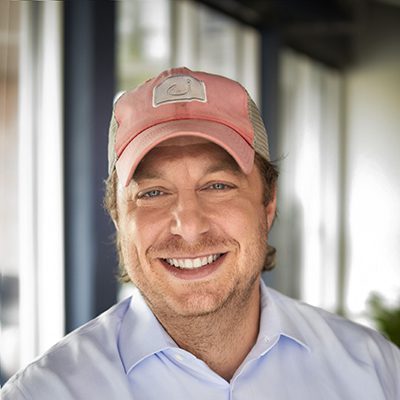



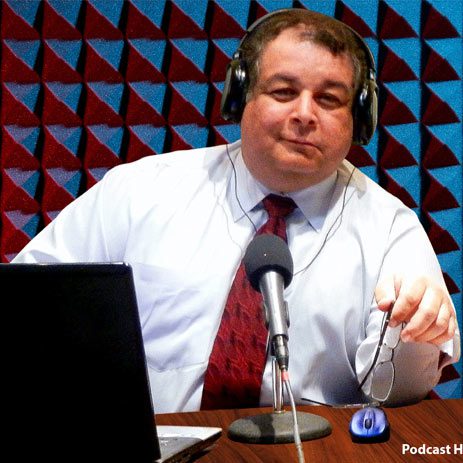


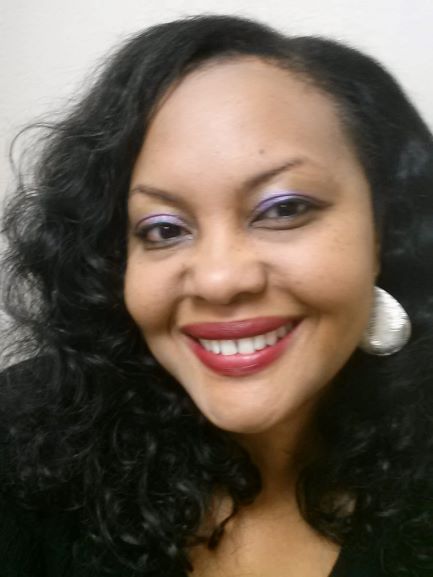



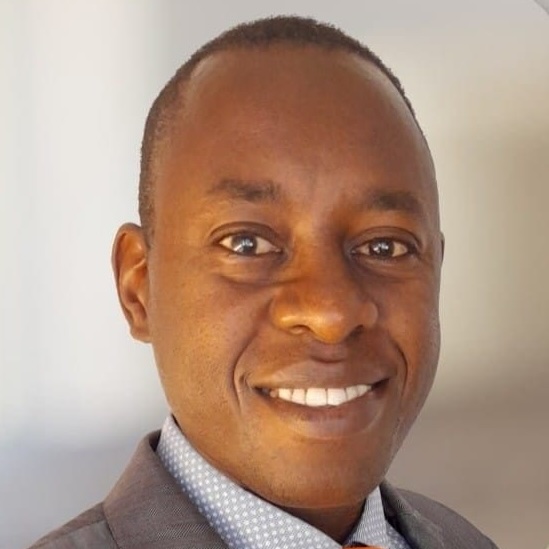
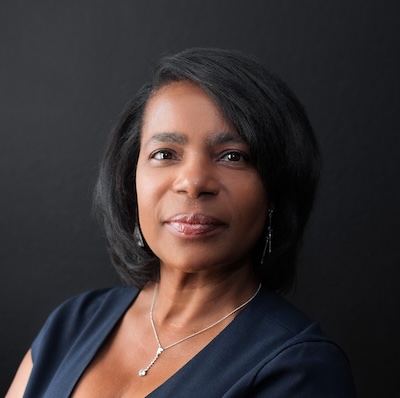



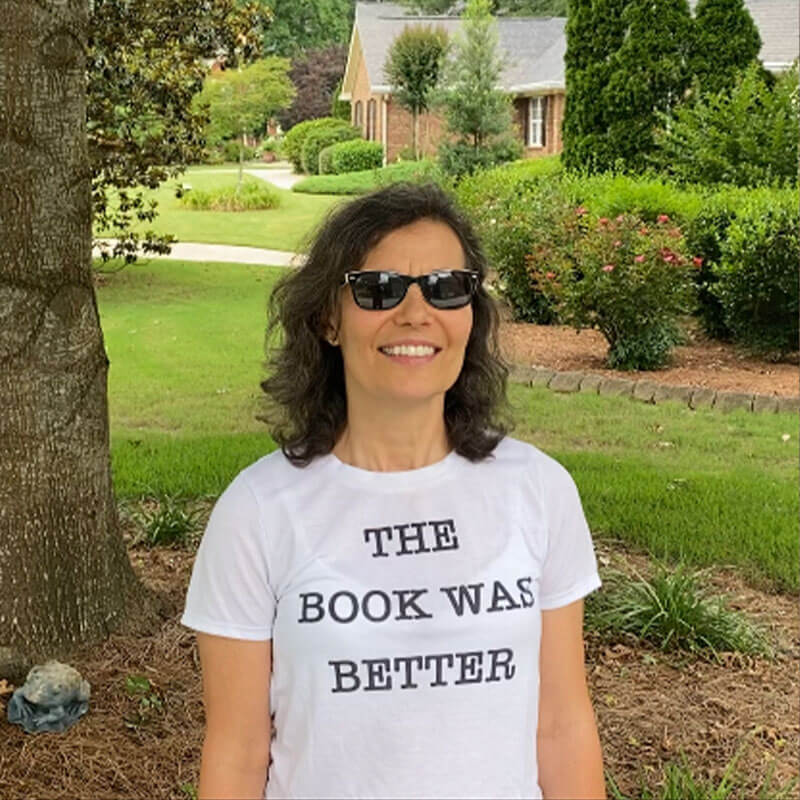


Already a Member? Login Here.
Not Yet a Member? Join the Conversation Today!